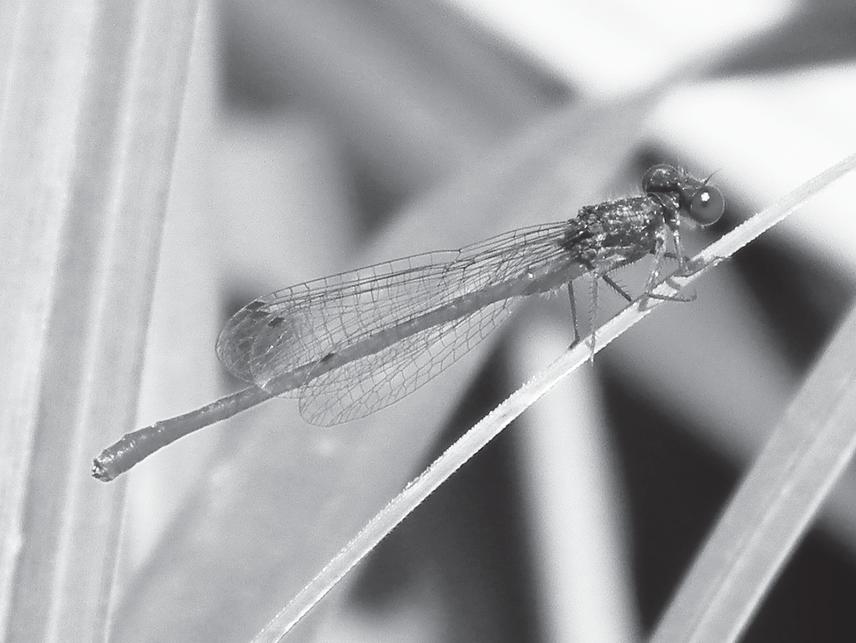Dejan Kulijer
Other projects
14 Apr 2011
Research and Conservation of Dragonfly Species of European Concern and their Habitats in Bosnia and Herzegovina
The aim of this project is to continue our work focusing on threatened species and their habitats in the key areas in Bosnia and Herzegovina. This will be achieved through field research, population surveys, capacity building and in collaboration with stakeholders.
Karst freshwater habitats in the Mediterranean region of the Balkan Peninsula are considered to be critically threatened. Four species of European concern: Lestes macrostigma, Coenagrion ornatum, Lindenia tetraphylla, Cordulegaster heros, and several other species of conservation concern: Ceriagrion tenellum, Caliaeschna microstigma, Gomphus schneiderii and Cordulegaster bidentata are found in these habitats in Bosnia and Herzegovina. There populations are declining and their habitats are highly threatened by human activities.

The main threat to the species is the water flow regulation due to numerous new and planned hydropower plants. The increasing demand for water, in combination with climate change, makes it likely that the conservation status of many dragonfly species will significantly deteriorate in the near future. The decline of ground-water levels is already locally/regionally observed.
Insufficient data on the distribution, ecology and habitats are the main problem in the dragonfly conservation in the Balkans. The project focuses on the most important areas and assessment of the populations of some of the most threatened species in Bosnia and Herzegovina. In order to secure the long term conservation of threatened species it is important to determine their distribution, habitat, population size, status and trends. Our project focusses on increasing the knowledge on the threatened and near threatened species in order to establish or to improve the conservation of important dragonfly habitats.
We plan to determine the population size of C. ornatum, G. schneiderii and L. tetraphylla using different methods (transect, capture-mark-recapture and emergence survey). We further will try to find if a population of L. macrostigma is present in the country. Further investigations will be conducted in the previously identified important dragonfly areas and to identify new important areas for the conservation of dragonflies.
We also plan to work on one of the most important problems in conservation of biodiversity, lack of awareness of biodiversity value among decision makers and the general public.